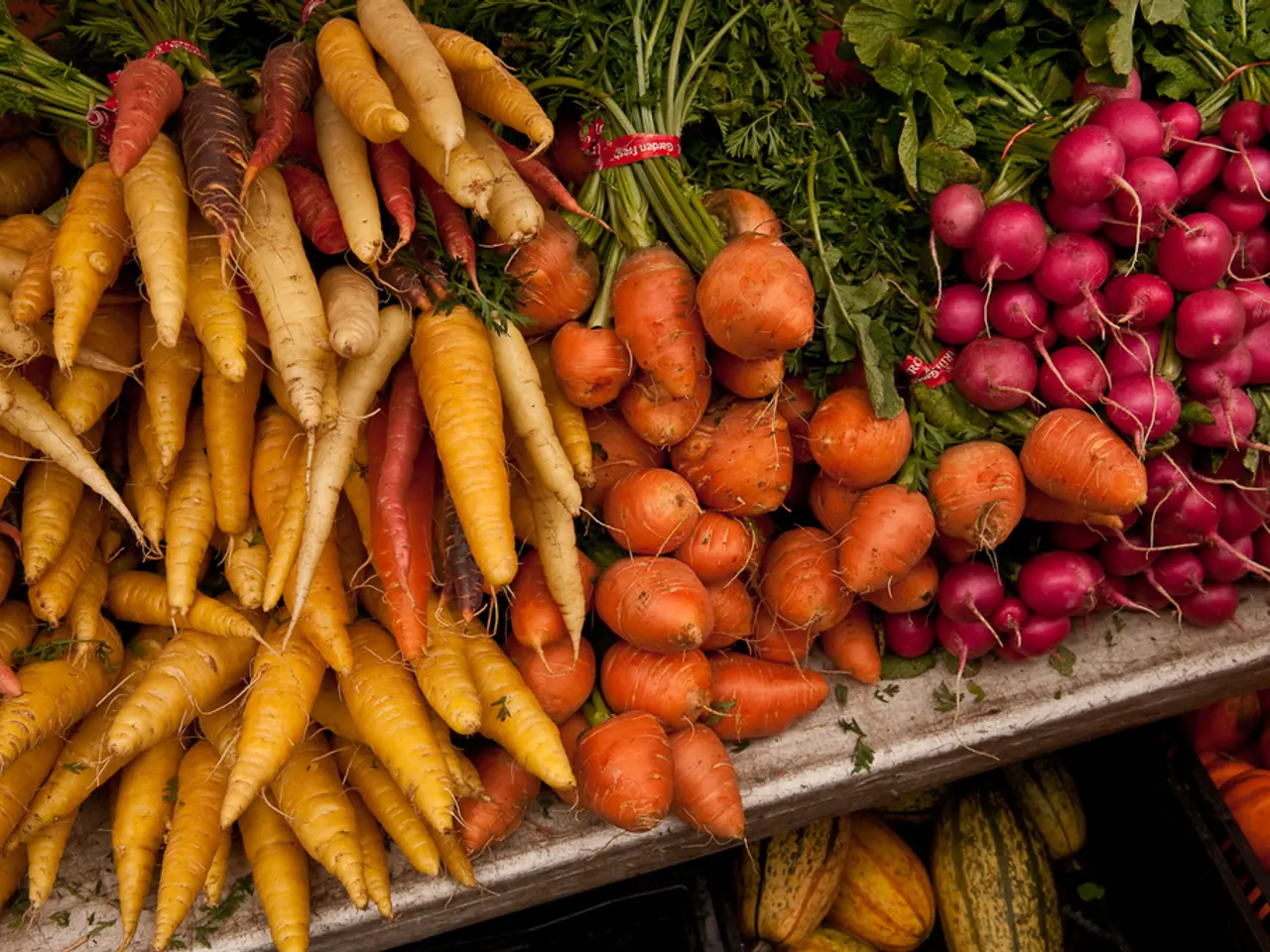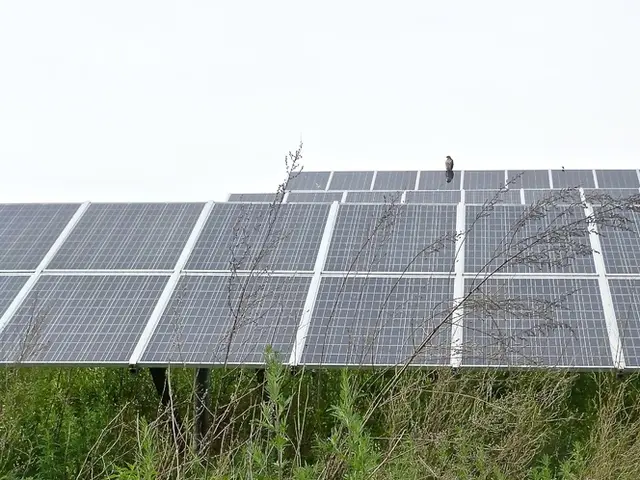Agrivoltaik: Study Finds Optimal Solar Module Transparency Boosts Lettuce Yield
Researchers at Canada's Western University have explored the potential of Agrivoltaik, a system that combines agriculture and solar power generation, in Brandenburg, Germany. The study aimed to understand the impact of varying solar panel transparencies on lettuce yield.
The team conducted experiments under controlled summer conditions in London, Ontario, mimicking outdoor environments. They tested seven different transparencies of cadmium telluride (CdTe) thin-film modules, ranging from 10% to 80%.
The experiment, lasting from sowing to harvest, included germination, thinning, and fertilization of lettuce plants. At harvest, researchers measured photosynthetically active radiation (PAR) and lettuce yield. The control treatment, with no solar panel, yielded an average fresh weight of 417 grams at a PAR value of 129.69 micromol per square meter per second.
The 80% transparency solar panel performed best, providing the highest PAR and resulting in the heaviest lettuce yield. Conversely, the 10% transparency solar panel had the lowest values for both PAR and lettuce fresh weight.
The study successfully established a clear relationship between solar panel transparency, PAR, and crop yield. The findings suggest that Agrivoltaik, with optimised solar panel transparency, can effectively support both agriculture and renewable energy production. Further research is needed to validate these results in diverse European markets with varying regulations.
Read also:
- Industrial robots in China are being installed at a faster rate than in both the United States and the European Union, as the global market for these robots faces a downturn.
- Galvanize Unveils $1.3 Billion Plan to Fund the Energy Sector's Evolution Pathway
- EAFO Research Uncovers Crucial Elements in Electric Vehicle Adoption within the EU
- Kazakhstan: From Nuclear Test Ground to Disarmament Champion








